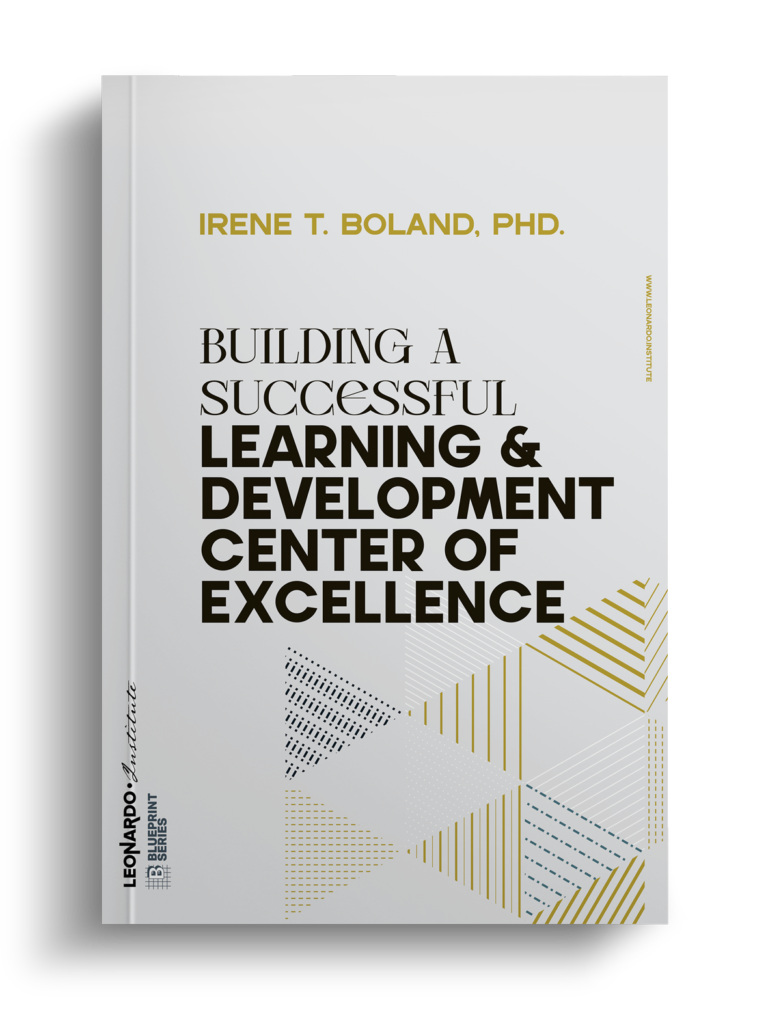Diversity in the workplace has become a critical issue for organizations looking to thrive in an increasingly global and interconnected world. As a workplace learning professional, you have a key role to play in ensuring your organization effectively leverages diversity to drive innovation, boost financial performance, and enhance learning and development.
A diverse workforce encompasses different life experiences, perspectives, values, and cultural backgrounds that can lead to greater innovation and adaptability. However, realizing these benefits requires an inclusive environment where all employees feel valued, respected, and able to contribute fully.
As a learning professional, you must appreciate both the opportunities and challenges that a diverse workforce presents. Differences in communication styles, decision-making approaches, and motivations can lead to miscommunication, conflict, and poorer collaboration without proper training and development.
Employees with different backgrounds bring diverse ideas and challenge prevailing orthodoxies. This can lead to better solutions and performance for organizations that embrace diversity and inclusion principles.
Inclusive behaviors such as seeking out diverse perspectives, providing equitable access to information and opportunities, and viewing mistakes as learning opportunities are crucial. Without inclusion, members of underrepresented groups may feel isolated, disengaged, and reluctant to contribute meaningfully.
As a learning leader, you play a pivotal role in fostering inclusion. This involves raising awareness of unconscious bias, implementing inclusive policies and practices, encouraging respectful communication, and creating safe spaces for sharing diverse views and experiences.
By leveraging diversity and championing inclusion, you can enhance learning, spur innovation, and position your organization for long-term success in an increasingly complex world.
Reference
Brown, A.D. (2014). Identities and Identity Work in Organizations. International Journal of Management Reviews. (17) (1).
Understanding Workplace Diversity
Diversity refers to the wide range of human differences present in the workplace, including race, ethnicity, gender, age, religion, disability status, sexual orientation, neurodiversity, socioeconomic status, and more. While historically many organizations viewed diversity through a narrow lens of legally protected attributes, today diversity is understood more broadly.A diverse workforce encompasses different life experiences, perspectives, values, and cultural backgrounds that can lead to greater innovation and adaptability. However, realizing these benefits requires an inclusive environment where all employees feel valued, respected, and able to contribute fully.
As a learning professional, you must appreciate both the opportunities and challenges that a diverse workforce presents. Differences in communication styles, decision-making approaches, and motivations can lead to miscommunication, conflict, and poorer collaboration without proper training and development.
The Business Case for Diversity
While diversity initiatives were historically driven by legal compliance and social justice aims, the business case has become increasingly clear. Studies suggest that diversity, when coupled with inclusion, can lead to greater innovation, better decision-making, stronger customer insight, and improved employee satisfaction and engagement.Employees with different backgrounds bring diverse ideas and challenge prevailing orthodoxies. This can lead to better solutions and performance for organizations that embrace diversity and inclusion principles.
Fostering Inclusion Alongside Diversity
While a demographically diverse workforce is important, focusing solely on numbers is insufficient. Organizations must also cultivate inclusion, where employees feel valued for their uniqueness, listened to, and able to perform optimally.Inclusive behaviors such as seeking out diverse perspectives, providing equitable access to information and opportunities, and viewing mistakes as learning opportunities are crucial. Without inclusion, members of underrepresented groups may feel isolated, disengaged, and reluctant to contribute meaningfully.
As a learning leader, you play a pivotal role in fostering inclusion. This involves raising awareness of unconscious bias, implementing inclusive policies and practices, encouraging respectful communication, and creating safe spaces for sharing diverse views and experiences.
Put it to Work
Here are some ways to leverage diversity and inclusion in your learning and development initiatives as a workplace learning professional:- Audit training materials to ensure diverse representation without stereotyping or tokenism.
- Vary training delivery methods to accommodate different learning preferences and needs.
- Promote psychological safety in training so all participants feel comfortable sharing.
- Model inclusive facilitation approaches that draw out diverse voices.
- Customize leadership development for different cultural styles and perspectives.
- Offer cross-cultural mentoring and networking programs.
- Train managers on mitigating unconscious bias in hiring, promotion, etc.
- Educate employees on appreciating different communication and work styles.
The Takeaway
A diverse and inclusive workforce can lead to greater innovation, better decision-making, and improved performance. But diversity alone is insufficient. Workplace learning professionals play a key role in fostering inclusion alongside diversity and embedding these principles throughout talent development initiatives.By leveraging diversity and championing inclusion, you can enhance learning, spur innovation, and position your organization for long-term success in an increasingly complex world.
Reference
Brown, A.D. (2014). Identities and Identity Work in Organizations. International Journal of Management Reviews. (17) (1).


